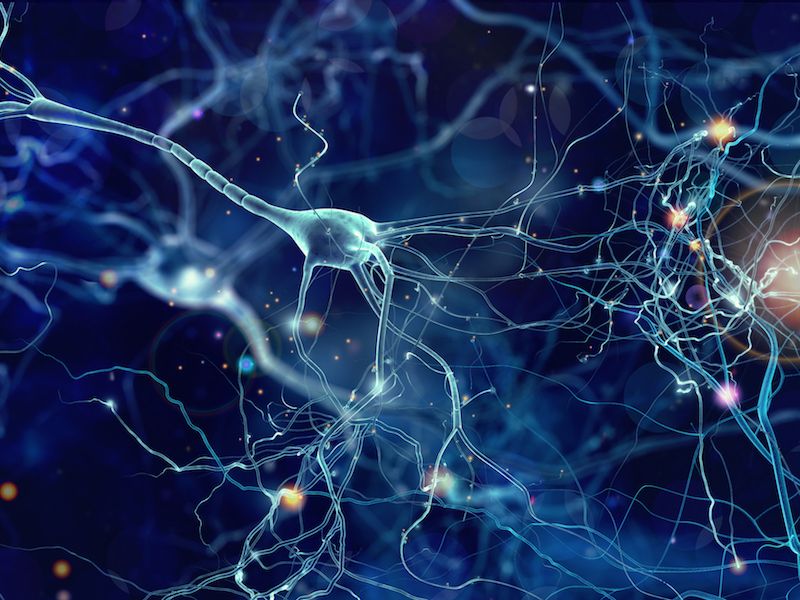
How frequently do you think about your nervous system? Most likely not all that regularly. As long as your body is performing in the way that it is supposed to, you have no reason to consider how your neurons are firing or whether nerves are sending proper messages through the electrical pathways of your body. But you will pay more attention when something fails and the nerves begin to misfire.
There’s one specific disease, called Charcot-Marie-Tooth (CMT) disease, which can affect the nervous system on a pretty large scale, though the symptoms normally manifest primarily in the extremities. And there’s some evidence that implies that CMT can also cause high-frequency loss of hearing.
What Is Charcot-Marie-Tooth Disease?
Charcot-Marie-Tooth disease is a set of inherited disorders. The protective sheathing around the nerves fail to function properly due to a genetic disorder.
This means that the impulses sent from your brain to those nerves (and from those nerves back to your brain) don’t work all that well. Functionally, this can result in both a loss in motor function and a loss of sensation.
CMT can be present in a number of varieties and a combination of genetic factors normally result in its expressions. Symptoms of CMT commonly start in the feet and work their way up to the arms. And, oddly, among those who have CMT, there is a higher rate of occurrence of high-frequency hearing loss.
The Cochlear Nerve: A Connection Between CMT and Loss of Hearing
The connection between CMT and loss of hearing has always been colloquially established (that is, everybody knows someone who has a story about it – at least inside of the CMT community). And it was hard to realize the link between loss of sensation in the legs and problems with the ears.
The connection was firmly established by a scientific study just recently when a group of researchers evaluated 79 people with CMT at the University of Iowa Hospitals and Clinics.
The findings were quite decisive. Low to moderate frequencies were heard very nearly perfectly by those with CMT. But high-frequency sounds (in the moderate region particularly) were effortlessly heard by all of the individuals. Based on this study, it seems probable that CMT can at least be connected to high-frequency loss of hearing.
The Cause of Hearing Loss and How to Treat It
The connection between high-frequency hearing loss and CMT might, at first, seem perplexing. But all of your body, from your toes to your eyebrows, relies on the correct functioning of nerves. That’s also the same for your ears.
What the majority of researchers hypothesize occurs is that the cochlear nerve is affected by the CMT – disrupting your ear’s ability to translate and convey sounds in a high-frequency range. Some sounds, including some voices, will be hard to hear. Notably, understand voices in crowded and noisy rooms can be a real challenge.
This type of hearing loss is commonly managed with hearing aids. There’s no known cure for CMT. Modern hearing aids can isolate the exact frequencies to amplify which can offer considerable assistance in combating high-frequency hearing loss. The majority of modern hearing aids can also work well in noisy environments.
Hearing Loss Can Have Many Causes
Further than the untested theory, it’s still uncertain what the link between CMT and high-frequency hearing loss. But this kind of hearing loss can be successfully treated with hearing aids. That’s why lots of people with CMT will make time to get a consultation with a hearing care professional and get fitted for a custom hearing aid.
Hearing loss symptoms can arise for a wide variety of reasons. In some cases, hearing loss is triggered by excessive exposure to damaging noises. In other circumstances, loss of hearing may be the result of an obstruction. It also looks like CMT is another possible cause.